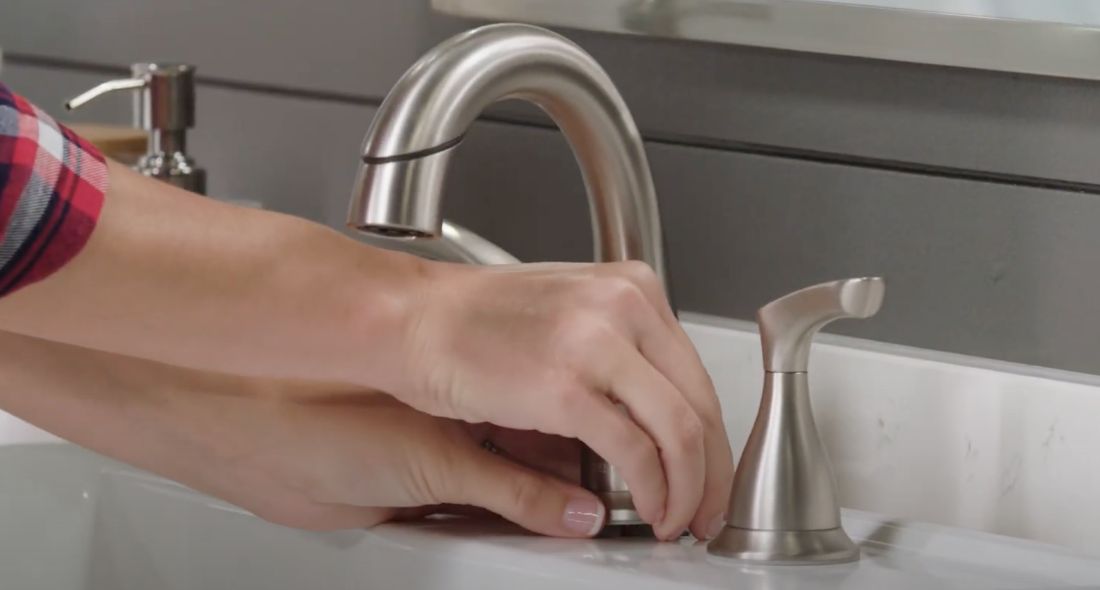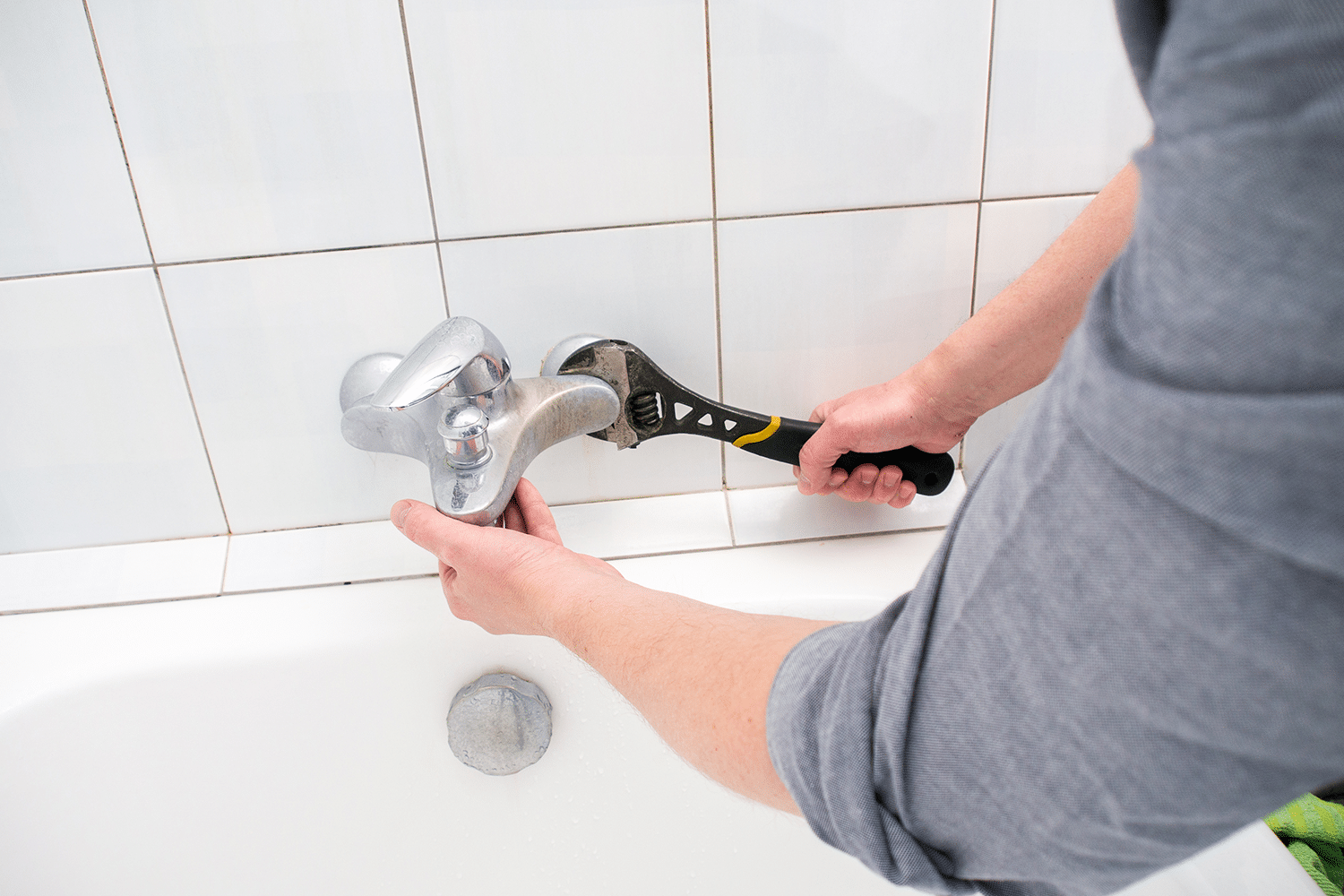An Relevance of Dealing with a Broken Faucet
An Relevance of Dealing with a Broken Faucet
Blog Article
Listed here underneath you can get additional sound information regarding What Causes Leaky Faucets & How To Fix Them.

Leaking taps could feel like a small inconvenience, but their impact goes beyond just the annoyance of the sound. From wasting water to sustaining unneeded economic expenses and health and wellness dangers, disregarding a trickling faucet can result in various effects. In this post, we'll explore why it's essential to resolve this usual home issue immediately and efficiently.
Wastage of Water
Ecological Effect
Dripping taps contribute dramatically to water wastage. According to the Epa (EPA), a single tap trickling at one drip per second can throw away more than 3,000 gallons of water annually. This not just strains water sources yet also impacts ecosystems and wildlife based on them.
Financial Prices
Increased Water Expenses
Beyond the environmental effect, dripping faucets can inflate water expenses substantially. The collected wastage gradually converts into greater utility costs, which can have been avoided with prompt repair work.
Prospective Residential Or Commercial Property Damage
In addition, prolonged leaking can cause harm to fixtures and surfaces surrounding the faucet. Water build-up can create staining, corrosion, and even structural problems if left ignored, causing additional fixing costs.
Wellness Concerns
Mold and Mildew Growth
The constant existence of wetness from a leaking faucet produces an excellent environment for mold and mold growth. These fungi not only compromise indoor air top quality but likewise posture health risks, especially for people with respiratory system problems or allergies.
Waterborne Illness
Stagnant water in leaking faucets can become a breeding ground for bacteria and other pathogens, raising the threat of waterborne conditions. Pollutants such as Legionella bacteria prosper in stationary water, potentially leading to significant ailments when ingested or inhaled.
Do it yourself vs. Expert Repair
Pros and Cons of Do It Yourself Repair Work
While some might try to repair a trickling faucet themselves, do it yourself repair work feature their own collection of obstacles. Without appropriate expertise and tools, DIY efforts can exacerbate the problem or bring about incomplete repair work, lengthening the issue.
Advantages of Hiring a Professional Plumber
Hiring a specialist plumber makes sure that the underlying root cause of the leaking faucet is dealt with efficiently. Plumbings possess the knowledge and equipment to detect and fix faucet concerns successfully, saving time and minimizing the risk of more damages.
Step-by-Step Guide to Dealing With a Dripping Faucet
Tools Required
Prior to trying to take care of a dripping tap, gather the required tools, consisting of an adjustable wrench, screwdrivers, substitute parts (such as washers or cartridges), and plumber's tape.
Common Faucet Issues and Their Solutions
Identify the sort of tap and the certain problem causing the drip. Typical problems consist of damaged washers, rusty shutoff seats, or defective O-rings. Refer to supplier directions or online tutorials for detailed assistance on repairs.
Safety nets
Regular Maintenance Tips
To avoid dripping taps, perform regular maintenance such as cleaning up aerators, inspecting for leaks, and changing worn-out components promptly. In addition, think about setting up water-saving tools or upgrading to a lot more reliable fixtures.
Significance of Prompt Fixes
Addressing dripping faucets as soon as they're observed protects against additional water waste and prospective damages, eventually conserving both water and cash in the future.
Influence On Residential Or Commercial Property Value
Perception of Well-Maintained Home
Maintaining a residential or commercial property in good condition, consisting of dealing with maintenance problems like trickling faucets, boosts its perceived value and worth among prospective customers or renters.
Impact on Resale Worth
Residences with properly maintained plumbing components, including faucets, command higher resale worths in the property market. Addressing dripping faucets can add to a favorable impact throughout property evaluations and settlements.
Ecological Duty
Specific Payment to Preservation
Taking duty for dealing with trickling taps lines up with wider efforts toward water conservation and ecological sustainability. Every person's activities collectively make a substantial influence on preserving valuable sources.
Sustainable Living Practices
By prioritizing punctual fixings and embracing water-saving behaviors, people add to lasting living techniques that profit both present and future generations.
Final thought
Dealing with a leaking tap exceeds simple convenience; it's an important action towards saving water, reducing economic expenses, and protecting health and property. Whether via DIY fixings or specialist help, taking action to take care of dripping taps is a small yet impactful method to advertise responsible stewardship of sources and contribute to a healthier, extra sustainable future.
How to Fix a Leaky Faucet: Step-by-Step Repair Guide
A leaky faucet may seem like a simple annoyance, but if it's not fixed promptly, that leak could cost hundreds to potentially thousands. From water damage to mold, mildew, and high water bills, even a tiny leak can be catastrophic if left unattended. Damage like this can even affect the overall value of your home, so it's important to take the right approach for leaky faucet repair. You may need the help of a plumber in some cases, but we've got a few tips you can try on how to fix a leaky faucet before calling the pros.
Four Faucet Types
When you're learning how to fix a leaky faucet, the first step is knowing what kind of faucet you're working with! There are four common types.
Cartridge Faucets
Cartridge faucets come in one- or two-handled varieties. In one-handled cartridge faucets, hot and cold water combines in a single cartridge. In the two-handled versions, hot and cold water are controlled separately and mixed in the faucet.
Ball Faucets
Ball faucets have a single lever you push up and down to adjust the pressure and rotate to change the temperature. A slotted metal ball controls the amount of water allowed into the spout.
Compression Washer Faucets
They're the oldest type of faucet, but they're still used in many homes — especially older ones. Compression faucets have two separate handles that, when turned, raise or lower the washer that seals a water valve. This valve stops water from flowing through the faucet when it is turned off.
Disc Faucets
Disc faucets rarely need to be repaired due to their maintenance-free design. The water flow is controlled by two discs — the upper one raises and lowers against a fixed lower disc, creating a watertight seal. If your disc faucet starts leaking, you may need to replace the seals or clean residue buildup from the inlets.
Fixing a Leaky Faucet
Step 1: Turn Off the Water
Whether you're learning how to fix a leaky bathtub faucet or how to fix a leaky kitchen faucet, always turn off the water supply to your working area when you're fixing a leak. The last thing you want is a flood added to your list of things to fix.
Look for the shutoff valves below your sink or around the tub and turn them clockwise to stop the water flow. If your faucet doesn't have shutoff valves, you may need to turn off the water for the whole house. Check to make sure it's off by turning the faucet on. If nothing comes out, you're ready to start the repair.
Step 2: Take Apart the Faucet
How you disassemble your faucet depends on the type of fixture you have. You can use a flathead screwdriver to remove the caps on top of the handle or handles for cartridge and compression faucets. Inside, you should see handle screws. Unscrew these with a screwdriver to remove the handle.
Disc- and ball-style faucets will typically have an inlet screw near the handle, and removing that will reveal the interior of the faucet.
Detach the Valve Stem
For cartridge- and compression-style faucets, you'll see the inner valve stem or cartridge once you remove the faucet handles. If you have a compression faucet, unscrew the brass valve stem. If you have a cartridge faucet, pull out the cartridge. If your cartridge has been in place for a while, it may require some tools or extra force to remove it due to mineral deposits.
Examine and Replace Parts
Once you've removed the parts, check them out to confirm what needs to be replaced. You may see corroded rubber washers, O-rings, stems, or cartridges. On a ball-style faucet, check the seats and springs for damage.
If you need to repair a leaky disc faucet, check the inlet and seals on the lower disc.
Once you determine what parts must be replaced, visit your local hardware store. Bring the damaged parts with you to ensure you can purchase the correct components to replace them.
Clean Valves and Faucet Cavity
If you've removed a stem or cartridge, you may notice mineral buildup in the faucet's threads. Use white vinegar to clean the valve seat by soaking it for a few minutes, then scrub it away with a soft toothbrush and rinse with warm water. You can also clean the interior of the faucet in the same way.
Reassemble the Faucet
Once your faucet is cleaned and the required parts have been replaced, it's time to reassemble it. Put the pieces back together and slowly turn the water supply back on. Doing this slowly is crucial because too much initial water pressure can damage the new hardware you've just installed.
https://homewarranty.firstam.com/blog/how-to-fix-leaky-faucet

We were made aware of that editorial about Why Are My Faucets Dripping (And Can I Fix It Myself)? from an acquaintance on our other web page. Are you aware of another person who is inquisitive about Should I Repair or Replace a Leaky Faucet?? Do not hesitate to share it. We treasure reading our article about 4 Common Reasons for a Leaky Faucet.
Report this page